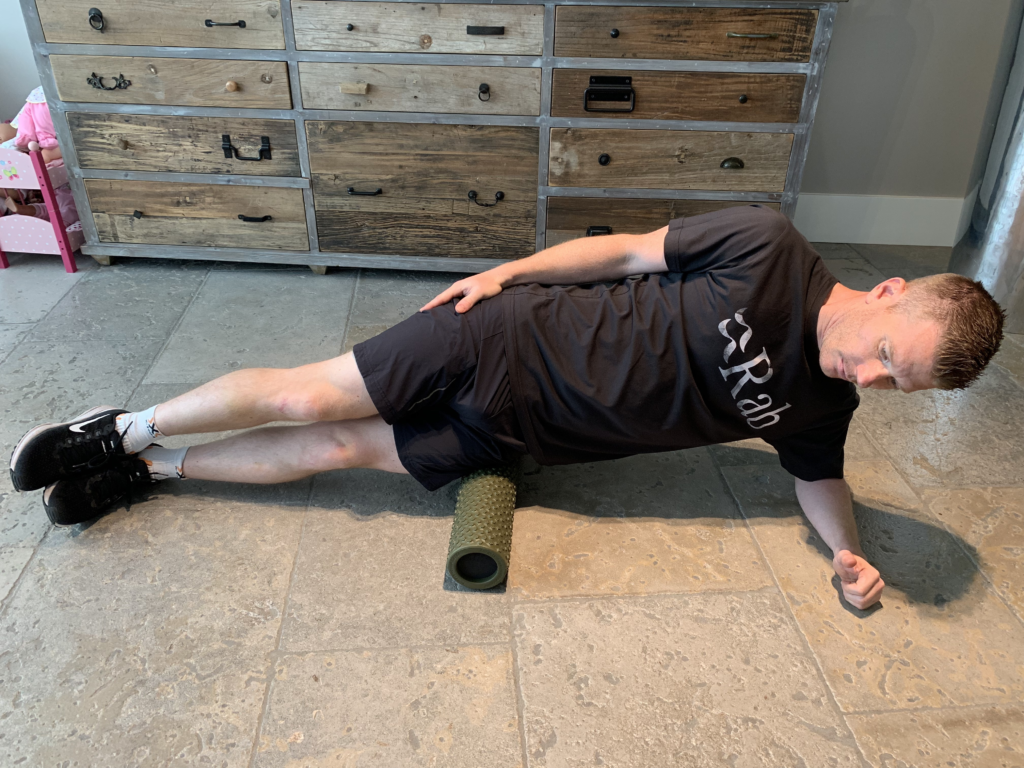We already dropped quit a few times that the focus for next year’s 7-summits-1-year-project will be on endurance performance. In this weeks’ blog I like to give you more insights on the methodologies of endurance training and how I design the training program around it.
Periodization
It all starts with a plan, right?! There is an intellectual framework that underlies the whole methodology of endurance training and the more you understand this framework the better you’re able to apply the correct training method for your own situation. The concept of periodization is to organize the training program in a way that an athlete needs to focus attention to only a few physical qualities at a time. As you can see in my planning below I’ve implemented 4 different periods, all with their own points of attention.
Transition Period:This period prepares the athlete to be ready for the upcoming regimented training program. When coming off a break or an entire soccer season, the body needs to transit into the upcoming Base Period.
Base Period:Where the focus is on increasing work volume capacity of each of the individual fundamental qualities that are needed for the event aimed for. A very important period for alpinists, this foundation is highly needed if you like to build a skyscraper of fitness on top of it in following periods.
Pre competition Period:This is where the sexy training gets added into the base training. It is training that in most aspects mirrors the specific demands of the event you are preparing for. If you’ve done your base building well, this creates a fitness level that you’ve never reached before.

Tapering of: The training load is taken back to ensure Jur and Boris are well-rested before they start of the 7 summit challenge. A few weeks before the start of the challenge the capabilities are kept up to date by means of short and semi-intensive training sessions. We focus here on active recovery and will work on problem areas. Stretching, rolling massages and even swimming are good examples of self-maintenance during these weeks.
Outlines of the 7 summits-1 year “prep”-plan
Below you see the structure of 7-summits-1-year preparation plan.
You can see the transition period takes up quit a lot of time. The reason for this is Jur’s soccer season that finishes only by the end of week 23. It is not my preference as a trainer to keep him in the soccer competition but I lost the discussion with him to make him step out. He got away with it because his overall fitness level is already above average. So, what I did is implement the soccer training sessions and his matches into the transition period. (Believe it or not they accomplished to be in the play-offs 😉 )
Another thing to point out are the blue “mountain-time” zones. Obviously spending time working out in the mountains is the most convenient way of training for any alpinist. It is therefore that we give priority to it and plan their preparation around it. It gives them the opportunity to test and train other aspects such as mental fitness, different nutrition, specific climbing and mountain-life skills etc. When Jur and Boris return from the mountain sessions we need to measure the outcome of it and adjust the first following week of the plan so that they fluently slide back into their current training schedule.
Do you remember last weeks’ blog? I told you all about the sportfasting method to extend their capacity to burn up fats for fuel. Below you can check out how I implemented 3 ten-day sportfasting programs into the overall planning. During these sportfasting programs they remain working out in the pre-planned training period. An important point of attention is the fact that there is no sportfasting course held in the pre competition period. This is because of the heavy training load during this period, and also because we already want to have the benefits of the sportfasting programs in their system so they can be used to perform better in the pre competition period.

Do it yourself!
When designing your own training plan you start by determining your goal, take-off position and current physical state. When you set up your calendar like I did above, you can than start to block the days you are not going to be able to do your work outs (vacation, work obligations, family obligations, sports events etc.)
Okay, now we know the amount of time that is available to schedule the different training periods. Preferably you like the “base” period to be the longest period in your macro planning. This is where you literally lay your base for the other upcoming training periods and the actual event you’re training for. The focus in this period is increasing volume! Meaning this requires the most available hours a week. Roughly said, you want the “base” period to take up around half of your macro training plan.
Following the “base” period comes the “pre competition” period. A relatively intense period because of the heavy training load. During this phase it comes down to sport specific high intensity training. Meaning the amount of time required is less but rest and recovery are your second priority along your work outs and therefore you want to schedule this into your training plan.
Depending on the event you’re aiming for you want to schedule a “tapering-off” period. For a relatively short event (1 – 7 days) you don’t need more than 2 weeks. For a challenge of this proportion I have decided to bring in 3 weeks of tapering off followed by two weeks of complete rest. But You’ll probably be fine with two weeks of tapering off followed by 3 days of rest before D-day.
Good luck designing your macro training plan! If you can’t completely figure out feel free to ask your questions in the comments below or sent me an email; [email protected]


